If the child's body loses from 15 to 20% of fluid from body weight, metabolic changes begin in organs and tissues. An increase in indicators up to 20-22% or more is fraught with death. Oral rehydration agents are used to replace dehydration. The term itself means just replenishment of the fluid lost by the body through ordinary drinking.
As a rule, such funds (usually supplied in the form of powders) are a medicine and contain the necessary substances (sodium, potassium, chlorine and a number of other vital substances) in the required ratio. Timely implementation of rehydration therapy allows you to effectively treat a number of childhood diseases. This takes into account the severity of dehydration.
Dehydration degree
There are certain clinical symptoms by which one can judge the stage of dehydration of the child's body. At the same time, the initial indicator of body weight is often unknown. There are three stages in total:
- Dehydration degree I (mild). Appears against the background of the development of acute diarrhea (90% of cases). The mucous membranes of the mouth and conjunctiva have a sufficient level of moisture. The chair is observed from 3 to 5 times a day, in rare cases, vomiting appears. (MT) no more than 5%.
- Dehydration degree II (medium). This is where you simply can't do without oral rehydration! For the 2nd degree, frequent stools (about 10 times during the day) and vomiting are characteristic. Moreover, it occurs one or two days after the appearance of these symptoms. The mucous membranes are dry, the pulse is unstable, the skin loses its elasticity, there is a moderate stage of tachycardia and anxiety. You can also notice the retraction of the fontanelle in a moderate form.
- Dehydration grade III (severe). A kind of hypovolemic shock sets in. An increased degree of dryness of the mucous membranes of the oral cavity and eyes, the face looks more like a mask, the fontanelle sinks more strongly, the enophthalmos of the eyeballs and tachycardia are pronounced, the eyelids do not close. There is also cyanosis with a characteristic marble pattern on the skin, a decrease in the temperature of the extremities. Low blood pressure, oliguria, metabolic acidosis, impaired consciousness are accompanied by a lack of response to stimuli.
The treatment procedure is carried out in two stages. First, low fluid and electrolyte levels are replenished by oral rehydration for children.
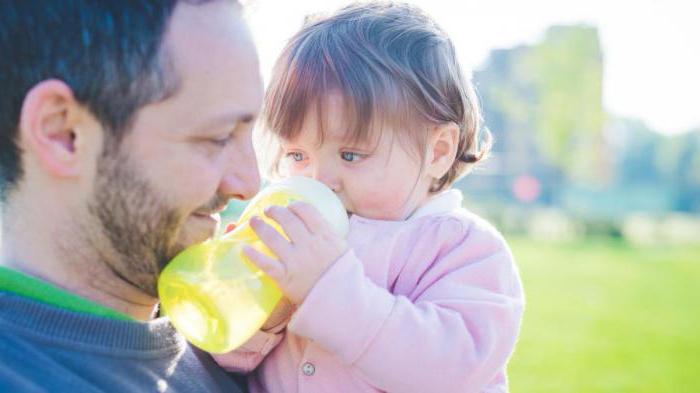
The second stage is already prevention, in which, if diarrhea is still present, the medication is continued. In severe cases, the fluid is replenished intravenously.
List of effective remedies
There are many rehydrating agents available in almost any pharmacy in the form of powders, tablets or granules. And here the question may clearly arise: what kind of treatment with pills and powders, if the child has dehydration ?! It should be borne in mind that with the loss of fluid, the child's body experiences a lack of sodium and chlorine salts. In addition, in the composition of such drugs there are other excipients that can stimulate the child's immunity. The fermentation process improves, the body gains additional energy, which it spends on fighting infection.
It is not necessary to purchase all the rehydration drugs at the pharmacy; it is enough to opt for a number of effective drugs. Among the majority, we will single out the most common means for oral rehydration. The list in this case will look like this:
- "Regidron".
- "Hydrovit".
- "Humana Electrolyte".
- "Gatsrolit".
It is important to pay attention to the expiration date!
"Regidron"
Among most rehydration medicines, this drug is the most common. Manufactured by Orion Corporation, based in Finland. It is supplied to pharmacies in powder form, which includes:
- sodium chloride - 3.5 g;
- potassium chloride - 2.5 g;
- sodium citrate ≈ 3 g;
- glucose - 10 g.
One package contains 20 small sachets, which can hold approximately 19 grams of white crystalline powder. The product dissolves well in water. The prepared solution is sweetish and salty at the same time.
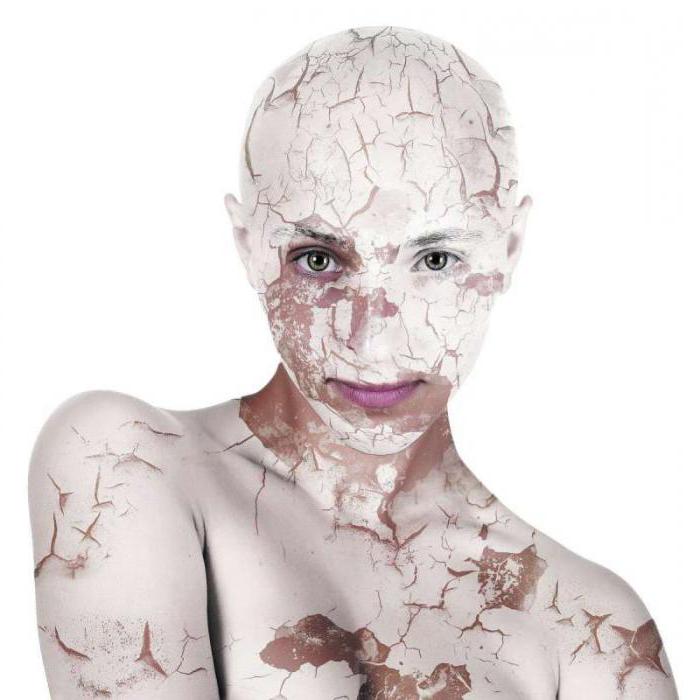
An oral rehydration product for children under one year old allows you to restore the acid-base balance, disturbed as a result of the loss of electrolytes. This happens during the course of diarrhea or with frequent vomiting. Maintaining the acid balance at an optimal level is provided by glucose. At the same time, the sodium preparation contains less than potassium, which is much more. For this reason, most experts recommend it.
It should be noted that the drug has a number of contraindications. And what oral rehydration products for children do not have them? It should not be taken if there are kidney problems, diabetes mellitus, bowel obstruction. It is also not recommended to use "Rehydron" with high blood pressure when the patient is unconscious.
"Hydrovit"
The tool is relevant, if necessary, to provide emergency rehydration and detoxification assistance. It will also be useful for intoxication of various manifestations of genesis, as well as for replenishing the water-electrolyte complex. Taking the drug allows you to adjust the body's metabolism. And thanks to the balanced chemical composition, the risk of acidosis and electrolyte disorders is eliminated.
The main feature of the drug is the content of colloidal silicon dioxide, which, in fact, is a powerful sorbent. The rehydration agent has no contraindications regarding the patient's age. That is, it can also be used for infants.
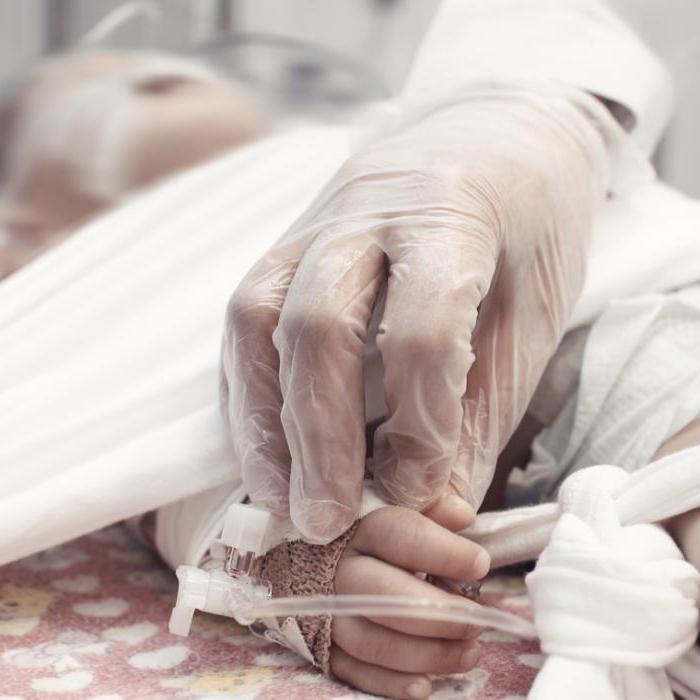
As is typical for glucose-saline solutions, the Hydrovit oral rehydration product for children has a specific taste that not all children like. Therefore, sometimes difficulties arise with its reception. For such cases, there is a preparation with a strawberry flavor. Allergic children should be given solutions that do not contain fragrances and additives.
"Humana Electrolyte"
This product has a banana or fennel composition. Moreover, the first option is designed for children from birth, while the banana composition is recommended for use only for babies over 3 years old. The drug is also sold in the form of a powder, and is packaged in sachets weighing 6.25 grams. One packing box holds 12 of these bags.
The dosage is 50-100 (150) milliliters in relation to 1 kg of the child's body weight. The main advantage of the drug lies in its pleasant taste. Fennel products can help relieve colic and bloating. And thanks to the banana pectin in the composition, the drug binds various toxins and removes them from the body.
"Gatsrolit"
This drug, unlike those described above, is sold in the form of tablets, 30 pieces in one package, but, like others, it is dispensed without a prescription. The oral rehydration agent must first be dissolved in hot water (2 tablets per 100 ml), after which the resulting solution is cooled to body temperature.
"Gatsrolit" is indicated for infants, that is, from the first day of appearance. Moreover, the drink should be given in a fractional way in small portions. The amount of solution should be calculated based on the following ratio: 90-13 milliliters are taken per 1 kg of the child's body weight.
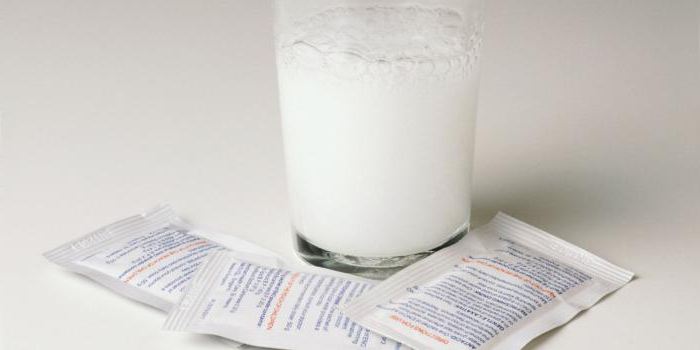
Among the advantages can be noted a pleasant taste, reminiscent of chamomile due to the content of this extract. Thanks to him, the drug has a good antispasmodic effect, fights inflammation, corrects peristalsis and helps to avoid intestinal distention.
Rules for taking medications
As a rule, any medicine sold through pharmacies has detailed instructions for use. If you have purchased a powder for oral rehydration, it is indicated directly on the package. It is worthwhile to carefully read the contents of the instructions and follow them exactly. In this case, special attention should be paid to the following factors:
- In what kind of water to dilute the drug, at what temperature and how much is needed.
- How much of the prepared solution should be taken at one time.
- What are the features of storing the prepared solution.
- It is equally important to pay attention to how long it takes to store the solution.
The dosage of drugs is usually indicated in the number of milliliters of solution in relation to 1 kg of the patient's weight (ml / kg). In this case, the instruction contains information on cases of severe dehydration (diarrhea, frequent vomiting), including the relief of symptoms.
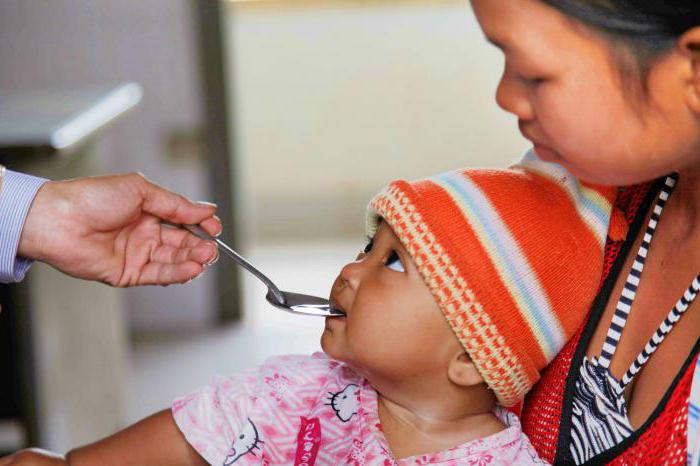
For example, a child's weight is 20 kg, and the maximum dosage is 10 ml / kg. That is, at one time, he can drink a solution in the amount of 200 ml, no more. If we take into account an ordinary faceted glass, then it should be filled to the rim. This will be the required volume.
Homemade remedy
If suddenly, for a number of different reasons, the necessary funds could not be obtained, you can prepare an oral rehydration agent at home. It will turn out to be a For this you need the following ingredients:
- Water - 0.5 l (boiled).
- Sugar - 2 tablespoons.
- Salt - a quarter teaspoon.
- Baking soda is the same as salt.
All this must be mixed in a liter jar. There is nothing complicated in preparation, but before using it is better to consult with a specialist regarding this solution.
Usually, if you follow the dosage indicated in the instructions for the drugs, there should be no side effects. But if an unusual reaction is observed after taking the medication, it is worth consulting with your doctor, who should decide whether to continue taking the drug or find another option better.
For your information
Drinking rehydration solutions should be given to the child with care, pouring a teaspoon into the mouth every 10 minutes. In some cases, you can give the little patient sweet tea or compote as a substitute. With profuse vomiting, you need to water the child with a drip method. However, even if a teaspoon of oral rehydration product does not stay in the stomach for a long time, the solution can be frozen. Give small ice cubes very carefully. Usually, such exposure to cold suppresses vomiting.

Taking rehydration drugs is just an addition to the main treatment with drugs that eliminate the causes of dehydration in the child's body.

